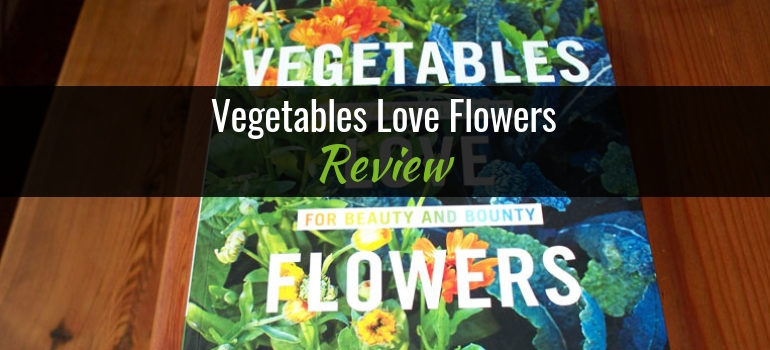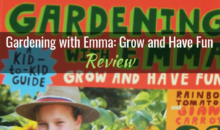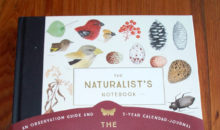Vegetables Love Flowers: Companion Planting For Beauty and Bounty, by Lisa Mason Ziegler – Book Review
We independently evaluate all recommended products and services. If you click on links we provide, we may receive compensation.
Vegetables Love Flowers: Companion Planting For Beauty and Bounty
By Lisa Mason Ziegler
Cool Springs Press
March 27, 2018
Paperback: 176 pages
$21.99 USD
Lisa Mason Ziegler’s new book, Vegetables Love Flowers: Companion Planting for Beauty and Bounty, debuted in the spring of 2018. This book is a combination love story, horticultural adventure, homestead preservation, and how-to about the triumphs and challenges of gardening from a veteran cut flower grower.
I often think of opening a book as being invited into someone’s living room, and in this case it is someone’s garden. Lisa Mason Ziegler resides on three acres in the middle of Newport News, Virginia. For the past twenty years, she has been growing cut flowers for local nurseries and other outlets. Her latest book is filled with colorful, high-resolution photography, appendices of garden plans, and a layman’s explanation of how and why nature works in sync with flowers and vegetables to reduce and eliminate the need for chemical intervention in the garden.
Lisa shares with her readers her love story, which includes a vegetable farmer, a homestead, a sunny location and years of feeding the soil and working with nature. She developed a love and proficiency for growing hardy annuals. She hosted a weekly chapter by chapter review of this new book on her website, and it is still available at www.TheGardenersWorkshop.com with a book purchase.
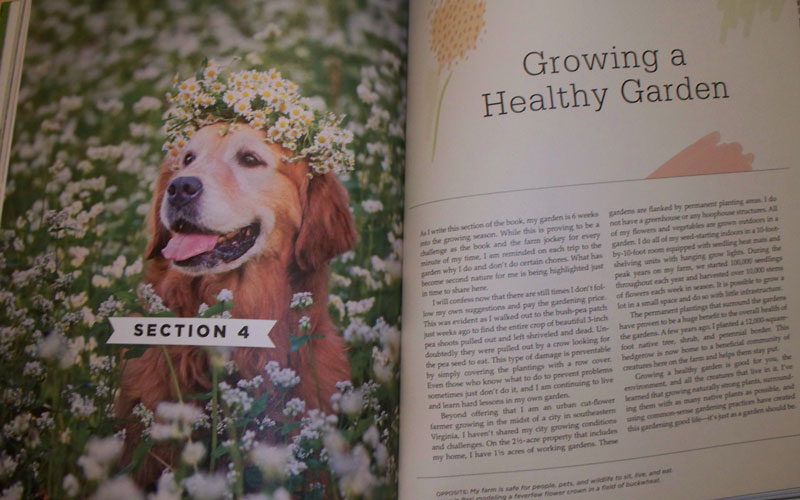
Beri is Lisa’s faithful gardening companion as she walks through the garden beds for harvesting
Introduction
Lisa’s introduction is a trek through time of lessons learned. Growing a large vegetable garden was the horticultural introduction for this urban farmer. Fighting bean beetles, discovering a family secret inside a vintage garden shed and the noticeable benefits of adding flowers, was the turning point for this vegetable farmer turned cut flower grower.
Section 1: Flowers in the Vegetable Garden
The benefits of the flower to vegetable relationship is defined through both photos and descriptions of which vegetables do best with flowers. Laying out the garden bed for every season is accompanied by an appendix full of garden plans. Seasonal plantings, seed starting, plant spacing and flower netting are covered in a light-hearted how-to by someone who has learned through doing. The key take-away for this section was a thorough set of instructions accompanied by step-by-step photos on harvesting and arranging simple bouquets.
Section 2: Plants by Season
Seasonal annuals and the timing of their planting is the principle element in extending the gardening season. Since Lisa’s urban garden does not have a greenhouse, she extends her growing season by seed-starting inside a workshop using grow lights. Soil-blocking is a technique for starting seeds which requires less space and produces abundant results.
The introduction to soil-blocking is reason enough to purchase this book, it will change the way you view seed starting. Cool-hardy annuals are a specialty for this flower farmer. Planting in the fall for a very early spring harvest allows bouquets to be available well before others have been able to work their soil. Poppies, sweet peas and pot marigolds are just a few of the tough plants that thrive through the winter and reward the grower with early spring blooms. On the heels of cold-hardy annuals come the warm-season summer annuals of sunflowers, zinnias and cosmos. Timing of the succession planting, the pre-planning of bed preparation and the specific guidance on how to harvest will have you well on your way to growing abundant cut flowers.
Section 3: Heroes of the Garden
Over and over you will read of the benefits of organic gardening in this book, and the section on heroes of the garden explains how this can happen for you. Highlighting pollinators and beneficial predators, she offers a layman’s introduction to entomology that is understandable and exciting. These chapters helped me to see the ecosystem for what it is; everyone has a job to do, pollinators and beneficials included. To put them to work in our gardens, we have to work in sync with nature for timing, growing techniques and plant selection in order to have a truly sustainable organic garden.
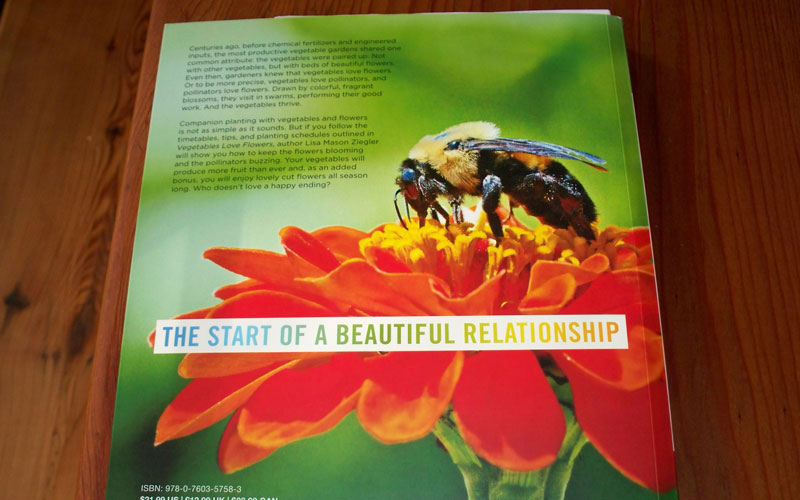
Vegetables and flowers have enhanced production by attracting pollinators and beneficial insects
Section 4: Growing a Healthy Garden
The final section of this book reminds us that feeding the soil is key to any successful gardening endeavor. Achieved through composting, leaf mulching, and recycling kitchen vegetable waste, these efforts have rewarded this flower farmer with abundant harvests of strong plants which are pest free. In conjunction with feeding the soil, we are reminded to protect and enhance the wildlife habitat we call our yards. This includes providing food, shelter and water for all the beneficial predators who work for us to make the garden a healthy place.

This gardening book is a personal journal of Lisa’s journey, and you will return to it each season to refresh and renew your own commitment to growing
Recommendation
Whether you are a gardener or just enjoy reading about the gardening adventures of others, this book is for you. I highly recommend it, and I have put many of the how-to’s to work in my own garden, especially the soil blocking and seed starting.
Where to Buy
Vegetables Love Flowers: Companion Planting For Beauty And Bounty is available online through Amazon or you can buy it directly from www.TheGardenersWorkshop.com, where the purchase price is $21.99. The phone number is 1-888-977-7159, and the email address is [email protected].
Last update on 2024-04-25 / Affiliate links / Images from Amazon Product Advertising API
Enjoyed This Review?
If you liked this review, please sign up for our email updates with reviews, how-to articles and gardening videos!

